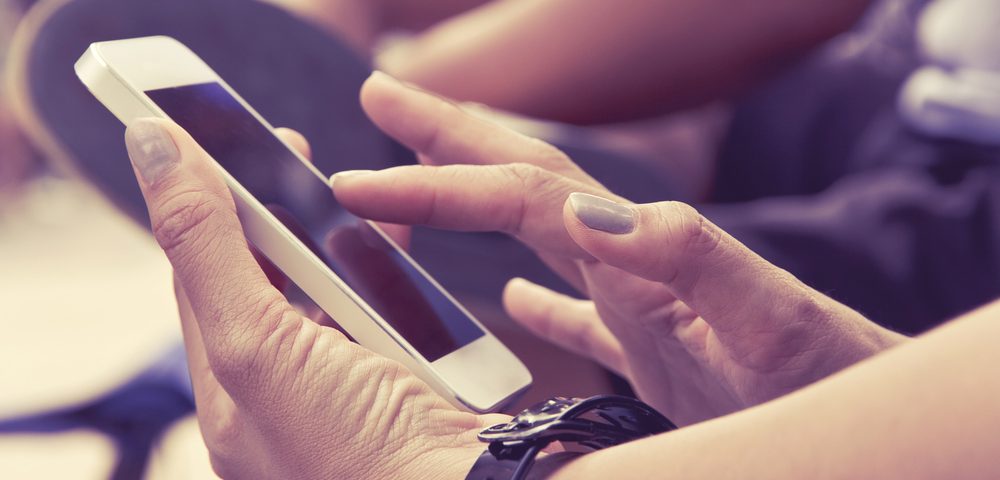Researchers at the Mayo Clinic College of Medicine and the University of Florida investigated the effect of text messaging with smartphones on the brainwave activity of individuals and found that a unique texting rhythm was present in some of these patients, including those with epileptic and non-epileptic seizures.
Their findings may have an impact in industries such as gaming and telecommunications, and offer insight into the true impact of texting.
The research paper, “Cortical processing during smartphone text messaging,” was published in Epilepsy & Behavior.
Text messaging is an increasingly used method of communication, but the true neurological effects of smartphone use are not yet fully known. This study, led by Mayo Clinic researcher William Tatum, aimed to look into how the brain works during text messaging using smartphones.
The researchers analyzed data from 129 patients, with measurement of brain waves through a period of 16 months, using electroencephalograms (EEGs) combined with video footage. The patients were tested for attention and cognitive function and asked to perform several tasks, such as message texting, finger tapping and audio cellular telephone use.
The results indicate that in 27 out of the 129 patients there was a reproducible texting rhythm (TR) in their brainwaves. Moreover, this unique pattern, different from previously described brain rhythms, was observed only with text messaging and not with any of the other activities. Fifty-three of the 129 patients had epileptic seizures (ES), 74 had nonepileptic seizures (NES) and two had both. Also, a reproducible texting rhythm was present in 28 percent of patients with ES and 16 percent of patients with NES.
“We believe this new rhythm is an objective metric of the brain’s ability to process non-verbal information during use of electronic devices and that it is heavily connected to a widely distributed network augmented by attention or emotion,” Tatum said in a news release.
Because the texting rhythm was also found in iPad users, the researchers theorize that the different brain wave rhythm in these mobile devices may be due to their small screens and the need for extra concentration. Such findings have a potential impact for several areas and also provide biological evidence for the dangers of texting and driving, as texting can change brain waves.
“There is still a lot more research needed. We have begun to unravel the responses generated by the brain when it interfaces with computerized devices,” Tatum said.


